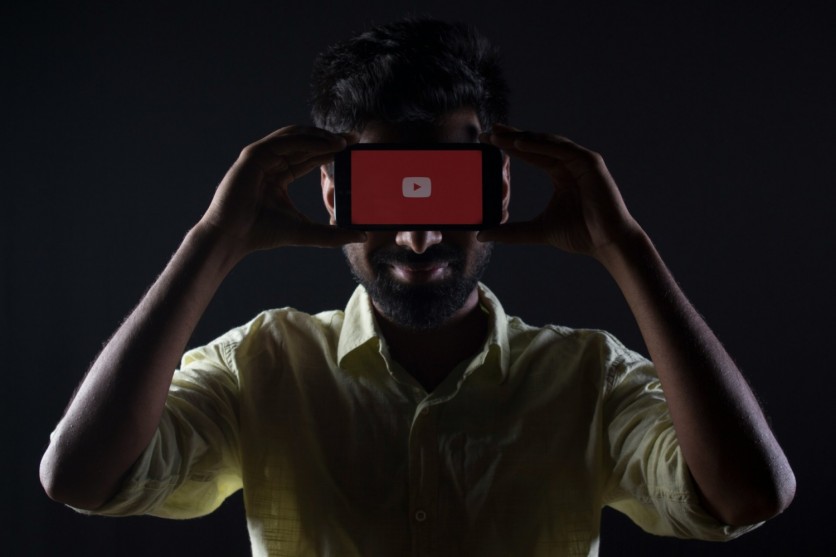AI misinformation has been normalized these days as several platforms allow it to propagate.
Recently, a new report says that YouTube has become a breeding ground for disinformation targeting Black celebrities, utilizing a mix of artificial intelligence-generated and manipulated media.
Figures like Sean "Diddy" Combs, Steve Harvey, Denzel Washington, and Bishop T.D. Jakes have found themselves at the center of salacious narratives, reflecting a concerning proliferation of fake news.
Pervasive AI-Generated Content

Numerous YouTube channels, reviewed by NBC News, have inundated the platform with what appears to be AI-generated fake news about Black celebrities. These channels exploit sensational titles and thumbnails, with some videos amassing millions of views, creating a widespread impact.
Acknowledging the severity of the issue, YouTube responded by reviewing flagged channels and taking corrective measures. Actions include terminating channels, removing videos, and excluding certain channels from the monetization program. Despite these efforts, the circulation of manipulated content persisted.
Legitimate Black culture news outlets, such as The Shade Room, faced challenges due to the spread of AI-generated and fake news content. The use of AI-generated images and narratives has misled audiences, prompting concerns about misinformation within the community.
Related Article : OpenAI Election Misinformation Policy Aims to Combats AI Deepfake, Impersonation, and MORE
Blending Real Events with Fiction
The disinformation strategy involves intertwining real and shocking events with fabricated details. By presenting a blend of truth and falsehoods, these videos gain rapid traction, capitalizing on existing public interest in celebrity news.
The surge in manipulated and AI-generated content coincides with Google's ventures into generative AI technology.
As fears escalate regarding disinformation targeting global elections in 2024, the prevalence of such content on YouTube raises questions about the platform's role in combating misinformation.
Blurry Lines Between AI-Generated and Manipulated Content
Distinguishing between AI-generated media and content manipulated without AI poses challenges. The term "cheapfakes" refers to non-AI manipulation, complicating efforts to combat deceptive practices. YouTube's planned policy requiring labels for synthetic and manipulated media aims to address this issue.
Growth of AI-Generated Fake News Channels
Some YouTube channels initially focused on technology reviews before pivoting to generate salacious and fake narratives about Black celebrities. Despite channels being terminated and flagged, the allure of high views and engagement continues to drive the creation of AI-generated fake news content.
Real People Reacting to Fake News
Five YouTube channels covering Black news and culture were identified, featuring real individuals reacting to and aggregating information from fake news videos. This highlights the challenge faced by credible outlets in navigating the complex landscape of misinformation.
Because of this, identifying AI-generated content remains a challenge. Detection models, such as those analyzing pixels within images, offer insights into anomalies that indicate AI tools' usage. AI-driven detection programs are crucial in holding channels accountable for producing misleading content.
It's indeed alarming that distinguishing AI fake news from legitimate reports is getting more difficult. What's even more glaring is that AI-generated tweets appear more trustworthy than real humans, according to a June 2023 study.
Read Also: Indian Government Warns Facebook, YouTube About Deepfakes, Misinformation Violations


![Apple Watch Series 10 [GPS 42mm]](https://d.techtimes.com/en/full/453899/apple-watch-series-10-gps-42mm.jpg?w=184&h=103&f=9fb3c2ea2db928c663d1d2eadbcb3e52)


